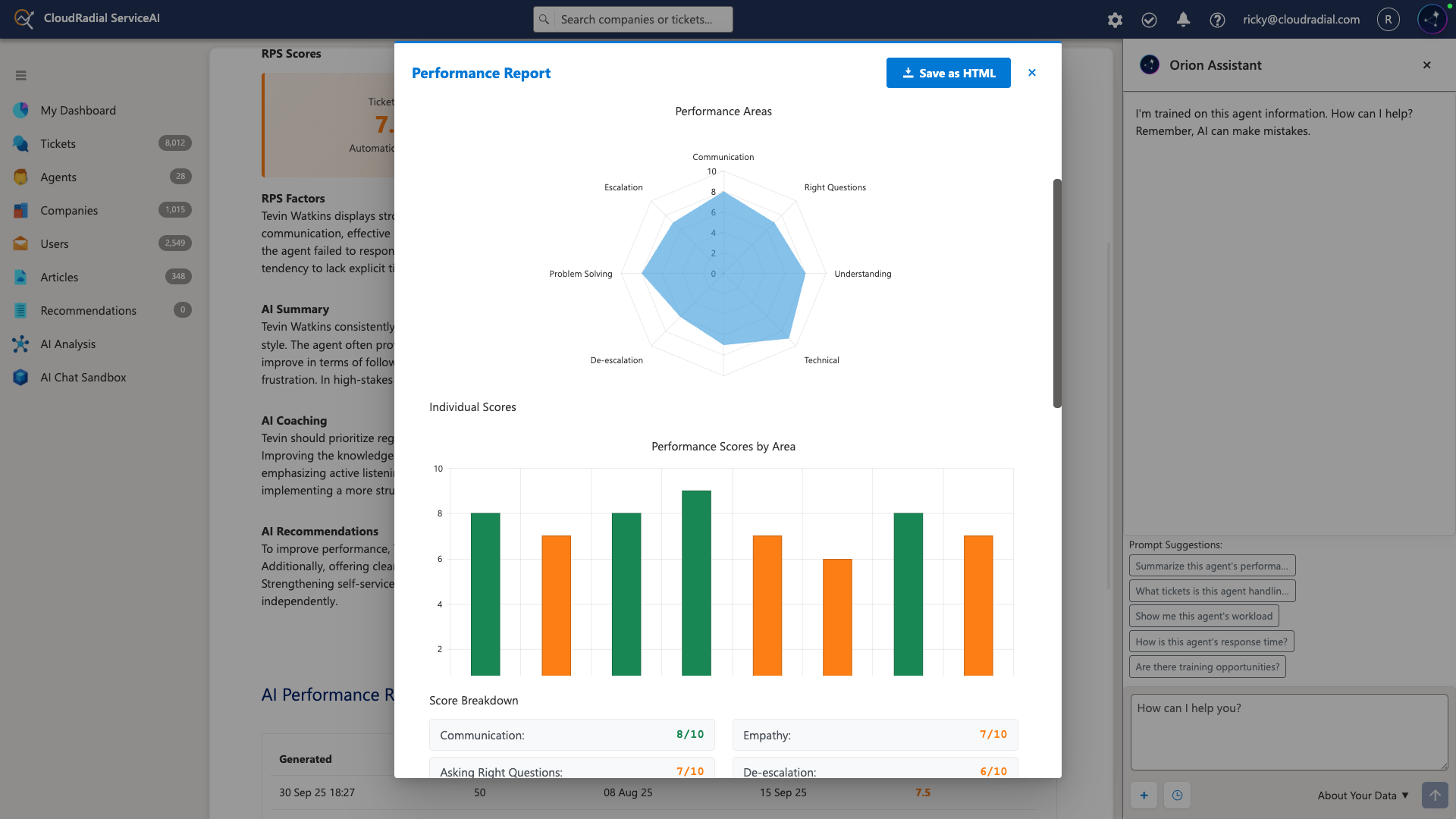CloudRadial 2025: The Year MSPs Stopped Experimenting with AI and Started Transforming
As we close out 2025, it's clear that this was CloudRadial's most transformative year yet. We didn't just release new features—we fundamentally...
Get everything you need for the ultimate client experience
Enterprise-grade infrastructure with the flexibility MSPs demand
Perfectly tailored AI that knows your specific MSP

Build your own Shopify-like store with your PSA products & distributors
Have clients to submit tickets directly to your PSA, freeing up your team's time
Pre-triage and route tickets correctly with the help of AI
Deliver instant, accurate answers that can help achieve zero-touch resolution
You'll learn things like how to add revenue without adding cost, MSP best practices, and how to master client management.

If every quarterly business review led to more profit and less work for both parties, everyone would make them a priority.
The goal of the QBR in a single word is “profit”. Profit for you and your clients. Profit comes from:
QBRs are not really sales calls or status reports. QBRs are opportunities to learn more about your clients and turn that understanding into projects and services clients want in return for more profit for you.
The quarterly business review (QBR) is your opportunity to understand where the client is headed so that you can get there ahead of them and deliver the solutions they’ll require. The result of the QBR is an updated plan that you and the client approve that plans for those changes. Done well, the QBR becomes very valuable to clients to help them lay out a timetable for better competitiveness and risk reduction.
A SWOT analysis (strengths, weaknesses, opportunities and threats) provides a good framework for implementing these business reviews. When working with clients, think of the review in two phases – listening and planning. In the first phase, you’ll dive deeper into client understanding to accurately assess what is and isn’t working. In the second phase, you’ll apply this understanding and your own technology insights to make sure your strategy and plans for the client are up-to-date.
The table below identifies a good starting point for your client meeting.
Strengths & Weaknesses (Listening)
Opportunities & Threats (Planning)
Over time, technologies change and offer new client opportunities. The QBR identifies those changes and helps your firm plan to accommodate those needs.

As we close out 2025, it's clear that this was CloudRadial's most transformative year yet. We didn't just release new features—we fundamentally...

Your service desk manager pulls up the dashboard and smiles. Response times are down 35%. Tickets per technician are up 22%. Documentation time has...

Most AI implementations fail because they're treated like software installations instead of business transformations.